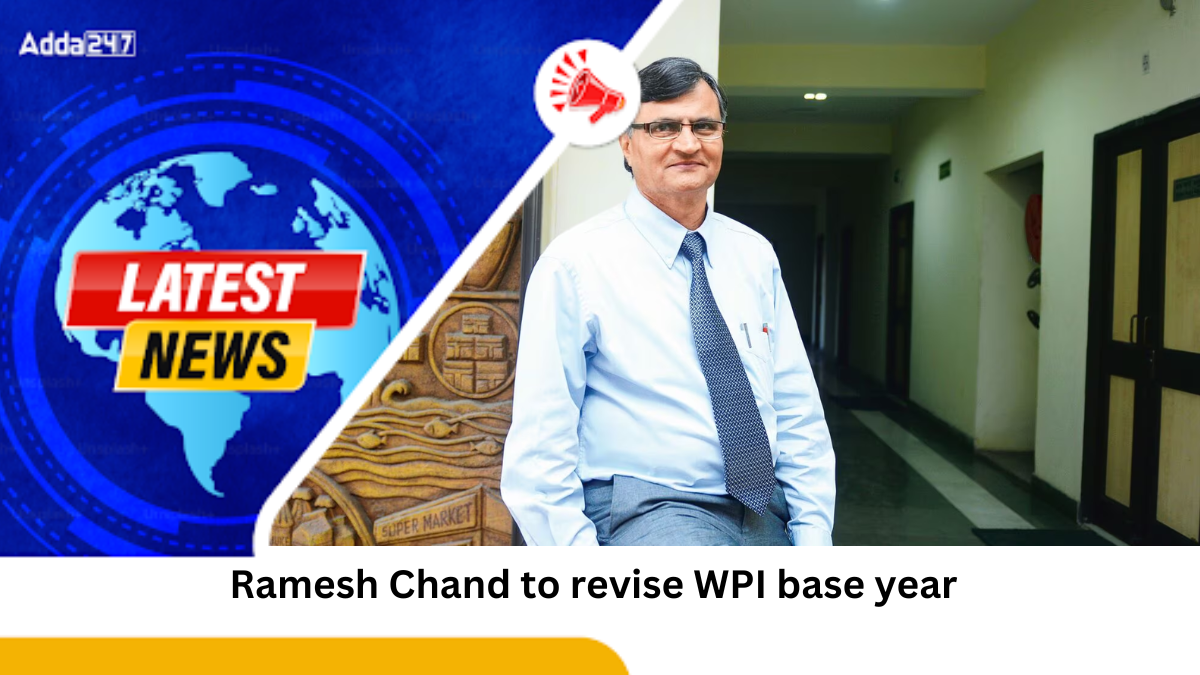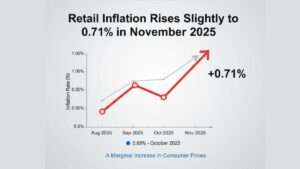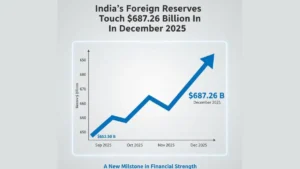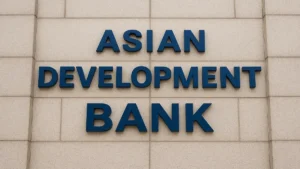On January 2, 2025, the Government of India established an 18-member committee to revise the base year of the Wholesale Price Index (WPI) from 2011-12 to 2022-23. This initiative aims to enhance the accuracy of factory-gate inflation measures, reflecting structural changes in the economy over the past decade.
Committee Leadership and Composition
The committee is chaired by Professor Ramesh Chand, a member of NITI Aayog. It includes experts from various sectors, such as economics, finance, and statistics, ensuring a comprehensive approach to the revision process.Terms of Reference
The committee has been tasked with:
- Commodity Selection: Identifying commodities for inclusion in the WPI and Producer Price Index (PPI) for the 2022-23 base year, considering structural economic changes.
- Price Collection System Review: Evaluating and recommending improvements to the existing price collection methodology.
- Computational Methodology: Proposing computational methods for WPI and PPI.
- PPI Compilation Methodology: Assessing and suggesting enhancements to the PPI compilation methodology approved by the Technical Advisory Committee on Statistics of Prices & Cost of Living.
- Transition Roadmap: Developing a plan for transitioning from WPI to PPI.
- Reliability Enhancements: Recommending measures to improve the reliability of WPI and PPI data.
The committee is expected to submit its final report within 18 months.
Context and Implications
The last revision of the WPI occurred in 2015, updating the base year from 2004-05 to 2011-12. The upcoming revision to 2022-23 aims to incorporate significant economic developments, including the expansion of the service sector, which constitutes over half of India’s economic output. Transitioning to a Producer Price Index (PPI) will provide a more comprehensive measure of inflation at the producer level, encompassing both goods and services.
About WPI and CPI and PPI
Wholesale Price Index (WPI)
The WPI tracks the average wholesale prices of goods, focusing exclusively on basic prices, excluding taxes, discounts, transport, and other charges. It is considered a producer-level index, capturing price changes in goods at the wholesale level before they reach consumers. The WPI data is used for GDP deflation, converting nominal GDP into real GDP.
- Scope: Includes goods, but excludes services.
- Data Release: Published monthly by the Department of Industrial Policy and Promotion (DIPP), Ministry of Commerce and Industry.
- Function: Primarily used as a deflator for GDP.
Consumer Price Index (CPI)
The CPI measures retail inflation by tracking the average prices of goods and services consumed by households. It directly impacts government policies like wage revisions, dearness allowances, and inflation targeting by the Reserve Bank of India (RBI).
- Scope: Includes both goods and services used by consumers.
- Data Release: Released monthly by the National Statistical Office (NSO), Ministry of Statistics and Programme Implementation.
- Function: Essential for inflation management, wage adjustments, and economic policy formulation.
Proposed Producer Price Index (PPI)
The PPI is an emerging inflation measure that will capture the wholesale prices of both goods and services at various stages of production. Unlike WPI, it will include the service sector, which plays a crucial role in India’s economy and is currently excluded from the WPI. Many developed countries have adopted the PPI as part of the internationally agreed System of National Accounts (SNA) to measure economic activity comprehensively.
- Scope: Will track both goods and services, unlike the WPI.
- Significance: It will offer a more complete picture of price changes across the economy.
- Future Adoption: India is exploring a suitable methodology to transition from WPI to PPI, led by a dedicated Working Group.
Summary of the news
| Why in News | Key Points |
|---|---|
| Government of India Forms Committee to Revise WPI Base Year | 18-member committee headed by Professor Ramesh Chand to revise WPI base year from 2011-12 to 2022-23. |
| Objective | To enhance the accuracy of inflation measurement by considering structural economic changes over the past decade. |
| Committee Composition | Chaired by Professor Ramesh Chand, member of NITI Aayog. Includes experts from various sectors like economics and finance. |
| Terms of Reference | Focus on commodity selection, price collection system, computational methods, PPI transition, and reliability enhancement. |
| Target Output | Report expected within 18 months to provide more accurate national income and inflation data. |
| Key Date | Committee formation on January 2, 2025. |
| Base Year Revision | Last revision in 2015 from 2004-05 to 2011-12. The new revision will reflect economic changes including service sector growth. |
| Statistical Focus | Focus on moving from Wholesale Price Index (WPI) to Producer Price Index (PPI) for a comprehensive inflation measure. |
| Impact | Better inflation tracking and improved data for economic planning and policy making. |



 Retail Inflation Rises Slightly to 0.71%...
Retail Inflation Rises Slightly to 0.71%...
 India’s Foreign Reserves Touch $687.26 B...
India’s Foreign Reserves Touch $687.26 B...
 ADB Raises India’s Growth Forecast to 7....
ADB Raises India’s Growth Forecast to 7....







